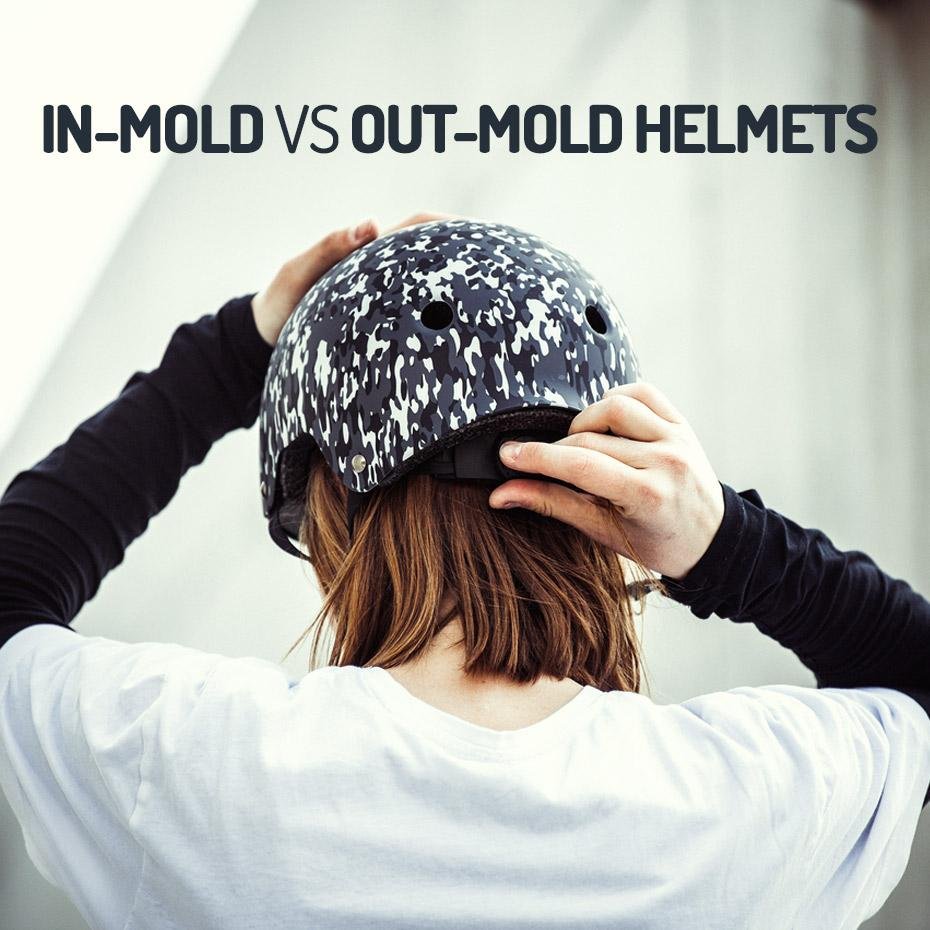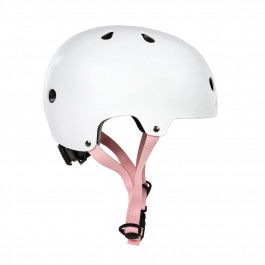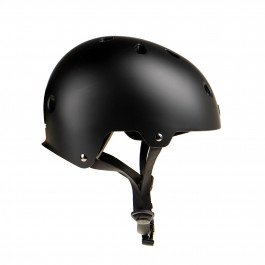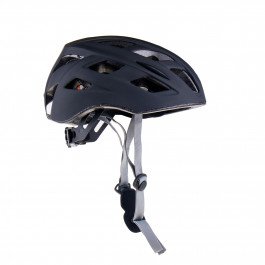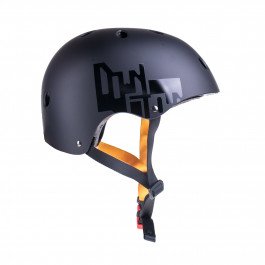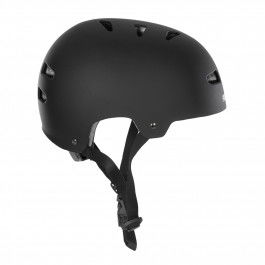Helmets are the most important piece of protection gear skaters need. That’s undeniable fact, right?
When it comes to choosing your helmet, it can be a little bit confusing because of so many models on the market at different price-points. What does have an impact on the price of helmet and does the pricier mean better? We’ll answer these questions below.
If you are looking for an advice on how to find a helmet that will fit you properly, we recommend reading this piece.
Remember – any helmet with required certification is a good helmet!
We have to make something clear first – all helmets sold in EU must be compliant with PN EN 1078 : 2012+A1 2013 norm for bicycle and roller sports helmets. This means that every helmet meeting this requirement, no matter if it is cheaper one (like Powerslide Urban) or more expensive one (like models from Uvex), will give you an adequate level of protection.
If you get yourself a helmet in a specialised shop like ours, you do not have to worry about certification. Remember: there’s no chance that a new, original helmet which normally costs 50 Euros in all of the shops can out of sudden be sold for 1/5 of the price by someone. If you’ll find such a deal, this should be a red flag that something is wrong. You don’t want to risk your head (literally) to see if helmet is genuine or counterfeit.
Which factors influence the price?
The most important factor impacting the cost is a production process used to make a helmet. Currently, there are three different ones in use: out-mold, in-mold and over-injected (exclusive to Ennui brand).
Before we proceed with explanation of each one of them, we want to state this once again: all three varieties can be used to make helmets with adequate level of protection. However, the end result of each one of them is different.
Out-mold – good level of protection at affordable price.
Helmets of this type are simplest to make. The outer and inner shells are molded separately, then glued together. Outer one can be made out of ABS, PVC or hard polyurethane. The inner one is made out of expanded polystyrene. The fact that these two parts are made separately means there is a little bit of space between them. Thus, out-mold helmets are a bit heavier and visibly thicker than two other types.
However, they have advantages. First one is, of course, lower price. When you get yourself the very first pair of good quality skates, you many not have money left to drop on an expensive helmet, costing almost half as much, or more. You shouldn’t skip protection, though – helmet is a must! Out-mold helmets won’t hurt your pocket and allow you to skate safely.
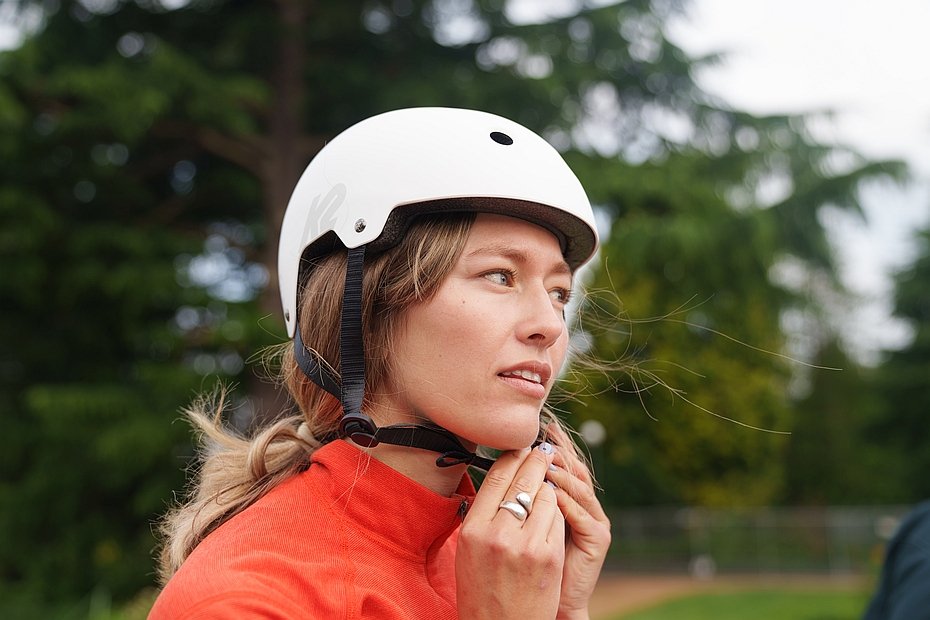
Secondly, there’s an abundance of colours and models. Thanks to simple manufacturing process, brands quite often offer attractive patterns or even stylised shells.
A lot of skate manufacturers have such helmets in their catalogues, but they serve as a basic offering for ones focused solely on protective gear, too. Out-mold helmets usually do not have any additions raising their price, although there are exceptions from the rule – like K2 Varsity MIPS model, for example.
If you look for a proven head protection at affordable price, out-mold helmets are perfect solution. The full shell ones are good even for more risy skating styles like aggressive or freeskating. Furthermore, they come in a lot of varieties, so you’ll surely find something for yourself among them.
In-mold helmets – lighter and slimmer.
When it comes to in-mold production process, outer and inner shells are connected in one injection mold. First, the outer shell is shaped out of hard polymer material (ABS, PU or PVC). After it cools down and gains structural integrity, hot polystyrene is injected into it. Then, pressure is rapidly lowered, causing the polystyrene to expand into a foam. When everything cools down, the result is a helmet with perfect connection between two layers. Thanks to it, it can be thinner and weights less than out-mold ones.
This is the main cause of increased price. Production process is more complex, takes more time and energy. It is worth to pay extra, though – you get a head protection which is not only more comfortable, but looks better thanks to thinner construction.
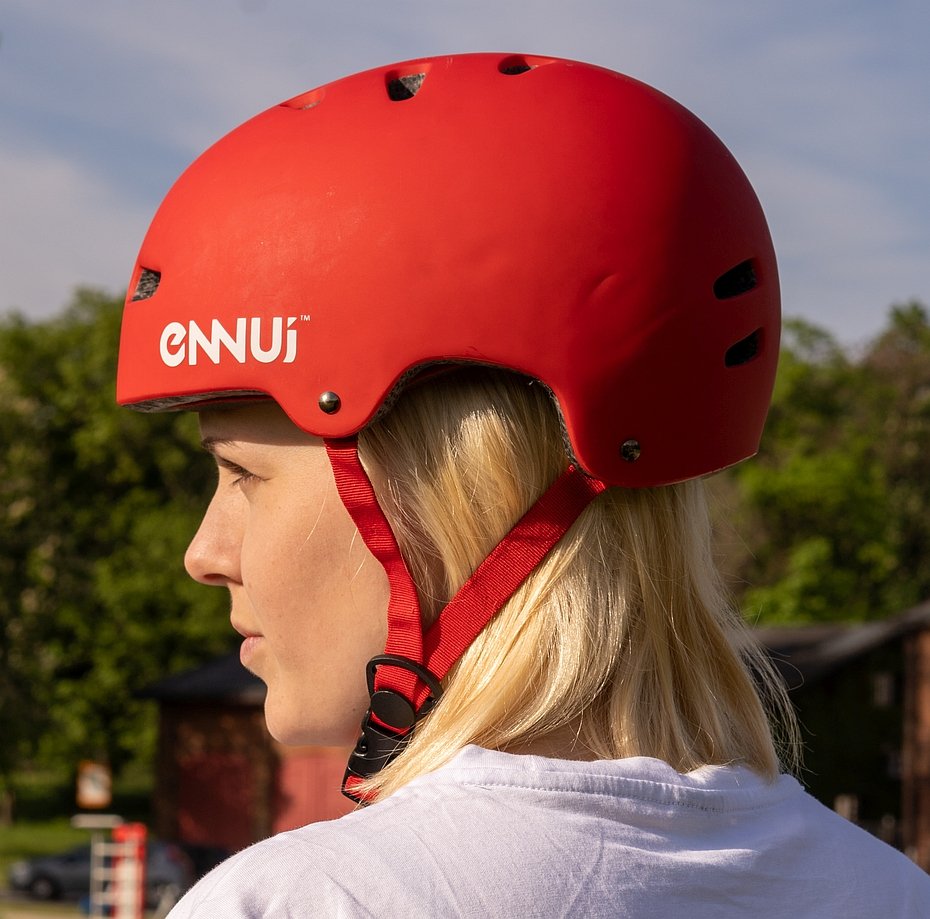
If you are after these qualities, do not hesitate and grab an in-mold helmet. There’s a lot of them on the market, so surely you’ll find one with a good fit for your head.
Seeing that in-mold helmets are usually positioned as more premium options, they often come with accessories. More on them later.
Over-injected – the bar has been raised!
Powerslide, one of the most important players in inline skating market, has invented something which can be called a reversed in-mold process. It took them three years to develop and end result is really impressive. New tech is called over-injected and thus far has been used only in Ennui Elite helmets. As of today, these are thinnest and lightest skating helmets on the market.
It works like this: first, polystyrene shell with honeycomb structure is formed. This type of skeleton gives it great mechanical properties, as net composed of hexagons distributes forces better than simple, continuous shell. This allows to make it thinner. Next step is over-injecting outer shell with PVC material, which forms external layer.
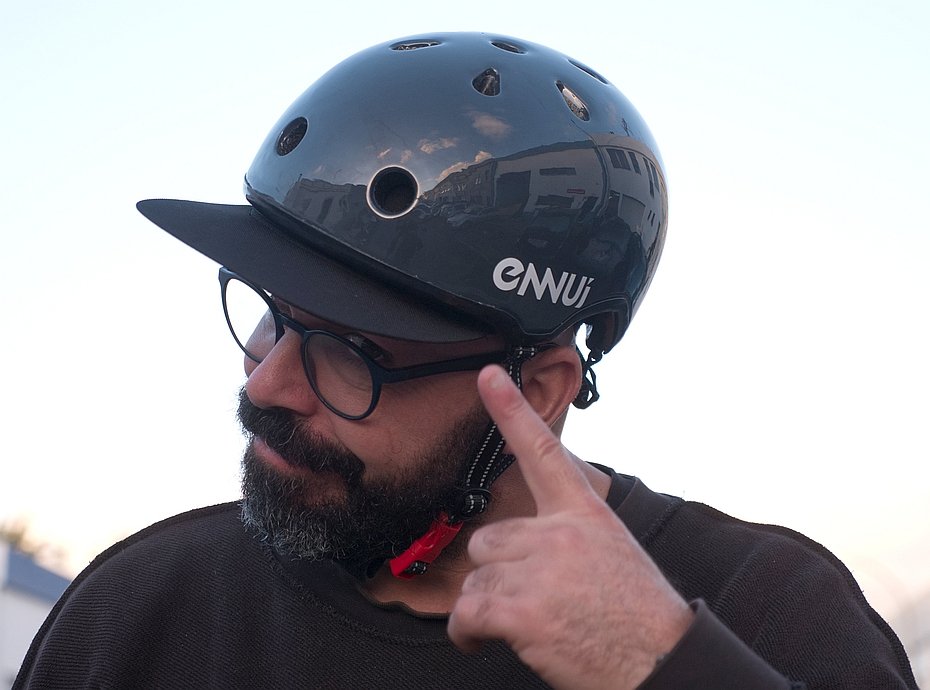
The end result is a super lightweight and thin helmet, which quickly becomes favourite among pros and amateurs alike. Not only in skating – skateboard, BMX and scooter riders love it too. It seems that Ennui brand have a killer product in their hands and Elite helmet can easily become reference point for the rest of industry.
If you want the lightest helmet possible, which is almost as thin as beanie you wear during winter – Ennui Elite is for you. It comes with removable peak, which is a nice thing to have!
Upgrades which are worth the money.
There are helmets which offer higher than required level of protection by using technological innovations. MIPS is a good example of such tech – long story short, it is an additional layer inside of the helmet, which allows it to rotate or tilt on your head by 10-15 mm. This invention is a property of company which cooperates with many helmet manufacturers, so we can find it in various models on the market.
Helmet without MIPS, if it is tightened enough, grips your head so good that it is almost impossible to move it. We are very well protected from straight impacts, but when it comes to rotational forces, there’s a problem – tight fit means that much of impact energy is transferred to our brain.
MIPS layer allows helmet to rotate or tilt a bit on impact, allowing for better energy dispersion. At the same time, this additional layer isn’t really slippery enough to make any difficulties in use during normal conditions – no worries about unwanted helmet movements. Its’ presence gives us a bit of additional protection in certain scenarios.
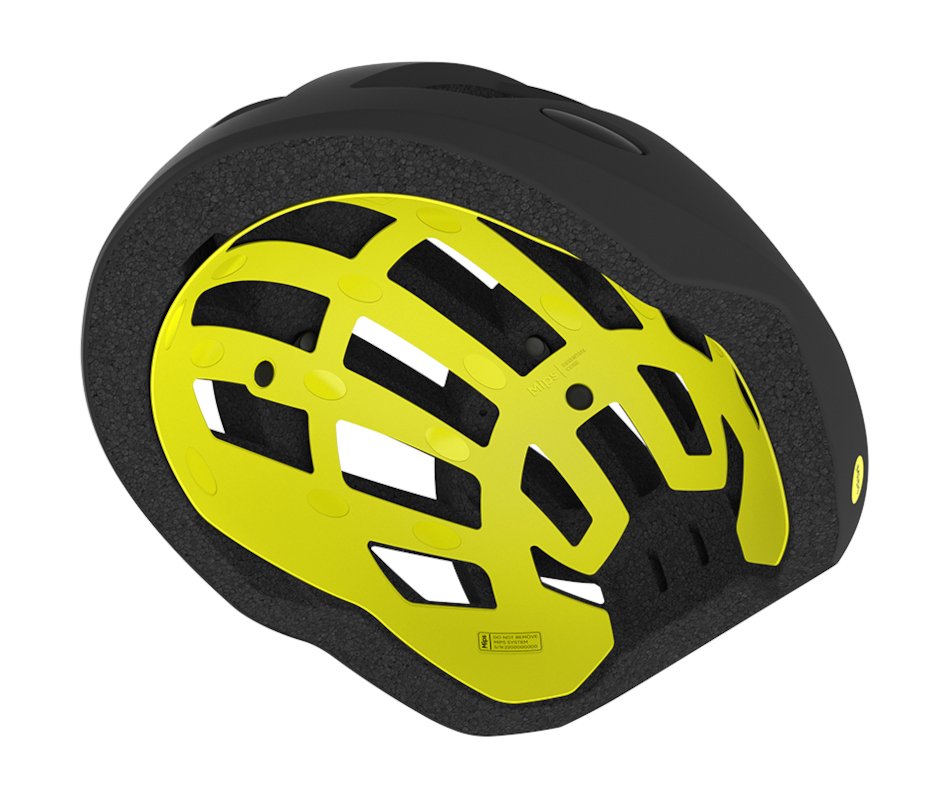
Top tier helmets also use higher quality materials. When it comes to choice, looking at additional options can make it easier. The most useful ones are, of course, those which guarantee better fit – additional foams or more precise head ring adjustment.
Removable peaks are highly popular. Helmet equipped with one looks more stylish and they protect your eyes from sunlight when skating in hot weather.
Reflective materials are quite often used to enhance visibility in low light conditions, resulting in increased safety. Some helmets even use LED lights.
That’s not all, of course. Speedskating (and biking) models often use net covering the vent holes, preventing insects from getting into the helmet during fast skating. Sometimes you get easier to use buckle clip.
That’s theory. But what about practice?
When buying a helmets, you should choose one which:
- Is certified.
- Fits your head well and is comfortable (read here how to fit a helmet)
- Meets your requirements regarding weight and additional features.
Remember that even the most technically advanced helmet won’t be useful if it won’t fit your head well! This is the most important criteria. Furthermore, heavier, but well fitting helmet will be much more comfortable to use than lighter one not sitting properly on your head.
Click here to see helmets range available in our shop.


